With the development of society, concepts such as smart homes, the Internet of Things, and smart lighting have gradually been accepted by the public. But do you really understand smart homes? What solutions does it encompass? If you want to consider a whole house smart home, how should you choose a solution? Let’s explore this together.
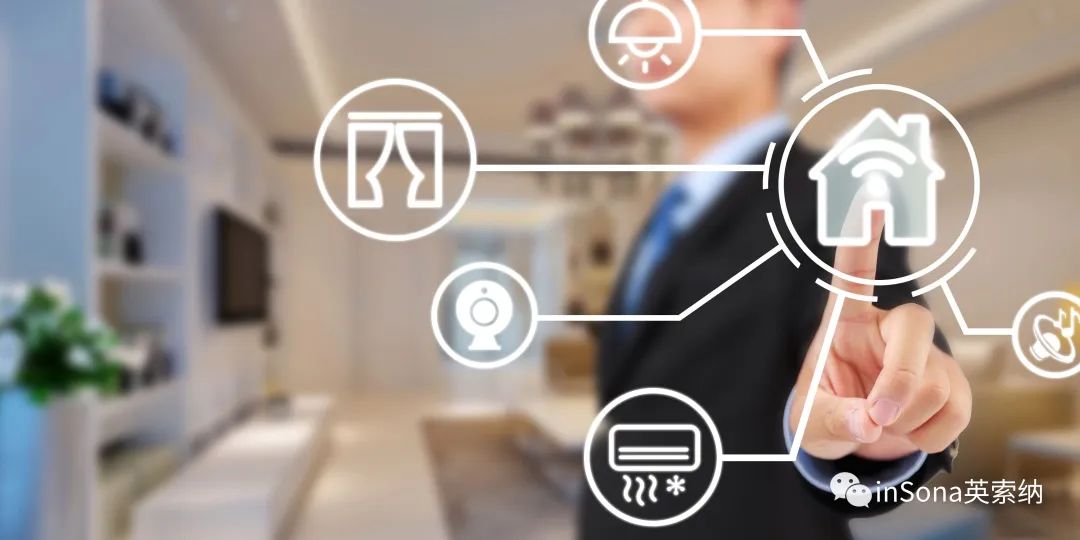
The concept of whole house smart homes has recently been in the spotlight. We all hope to have an artificial intelligence butler like JARVIS in “Iron Man.” Our high expectations for smart homes stem from these sci-fi movies, reflecting our longing for a better future.
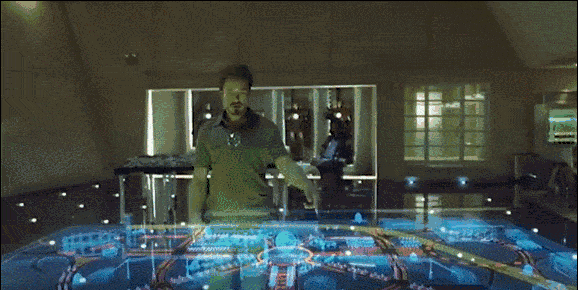
So, setting aside the capital hype and various gimmicks, what does a real whole house smart home look like?
Whole house intelligence is a customized smart home solution that configures exclusive smart home products according to user needs, achieving full home intelligence. The whole house smart home solution generally consists of several parts: smart lighting, smart comfort, smart entertainment, and smart security.
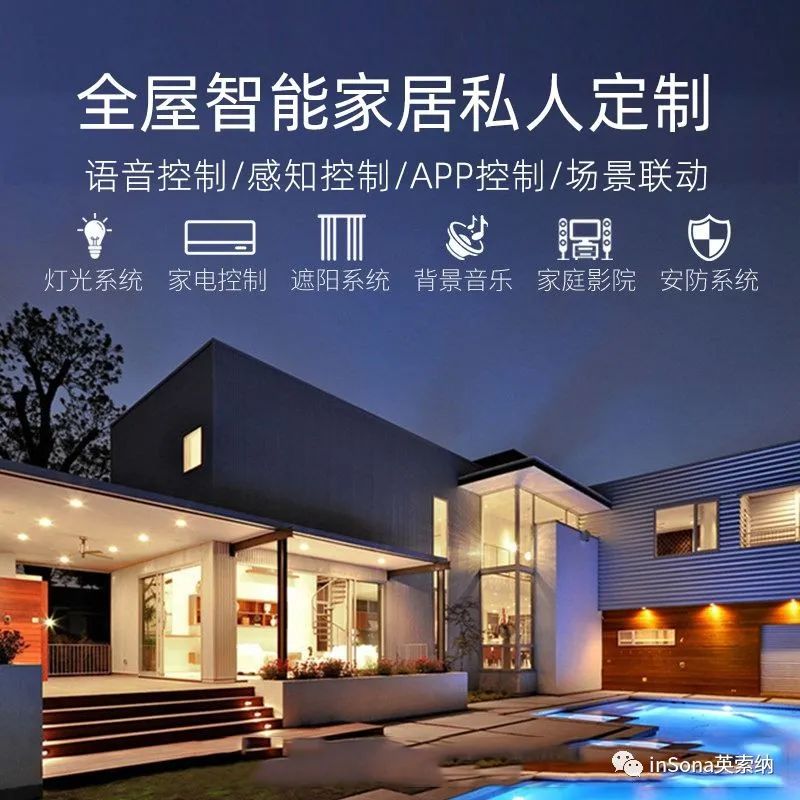
The smart lighting system includes: lighting fixtures, panels, infrared sensors, curtains, and lighting controllers, enabling the regulation of the light environment. Lighting is the most critical part of home decor, and through a smart lighting system, automation or timed switches can be achieved, along with brightness and color adjustments to enhance the home atmosphere. Features include: one-click scene control switching, RGB color adjustment, remote control, timed lighting, and automatic on/off lights.
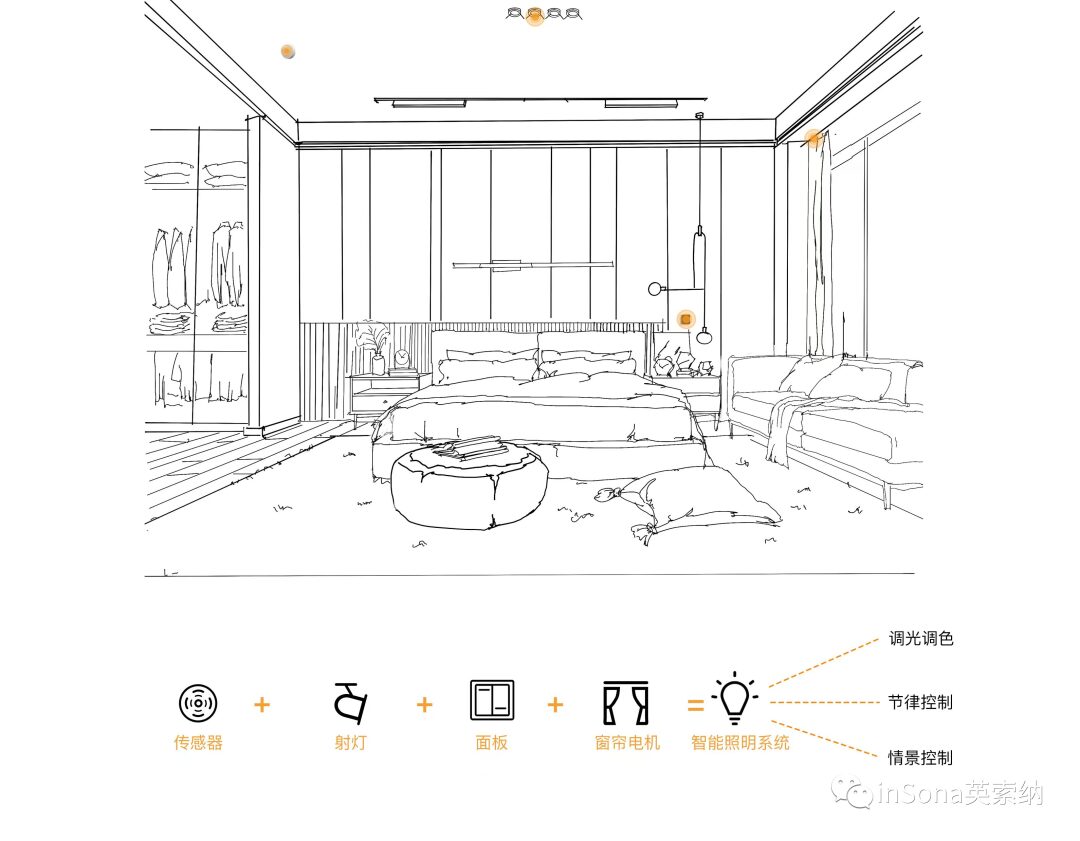
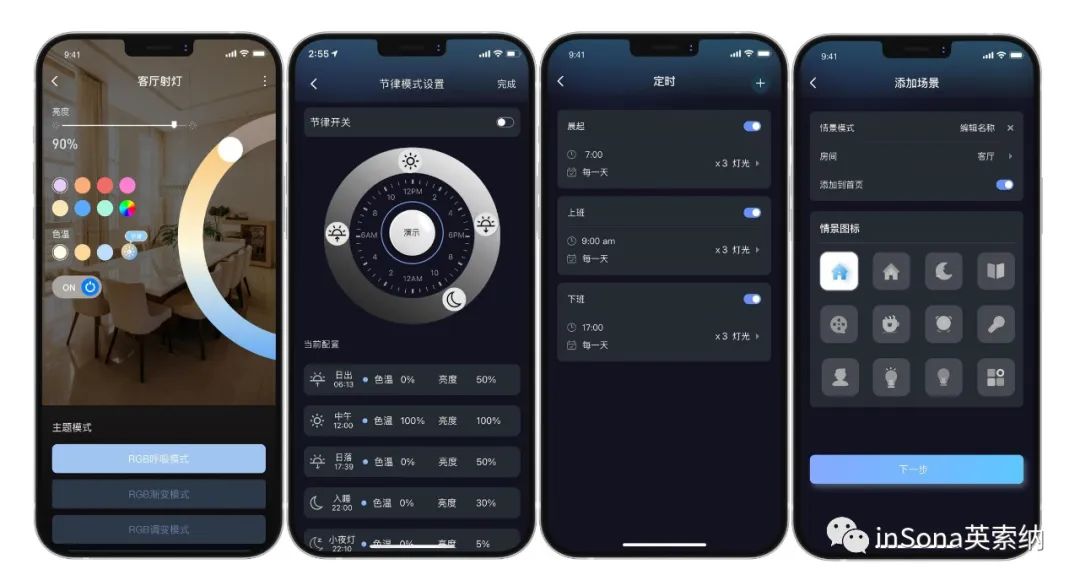
Different rooms can set different sensing modes based on needs. The bedroom can set a warm mode/sleep mode, the living room can set a bright mode, and the study can set a reading mode. The light-sensitive sensor can be linked so that when the light is dim, the downlights turn on. When it is completely dark and the door magnetic sensor detects the door is opened, it will switch to bright mode, and the smart speaker will announce “Welcome Home.”

The smart comfort system mainly targets: underfloor heating, fresh air, and air conditioning units, adding control modules to achieve control with temperature and humidity sensors. The water machine can be controlled by replacing the temperature control panel, while the fluorine machine can maintain constant temperature, humidity, and oxygen under ideal conditions.
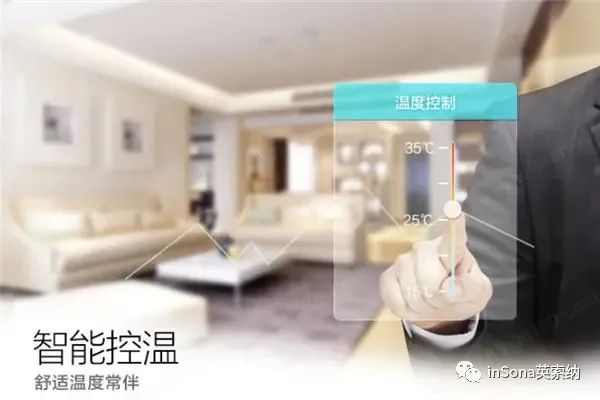
The smart entertainment system mainly includes: background music, professional audio-visual equipment, and audio-visual control systems, achieving centralized control of entertainment devices. By connecting smart set-top boxes, appliance controllers, and background music hosts, it can control home audio-visual devices, coordinating lighting and closing curtains to create a comfortable and efficient audio-visual entertainment environment.
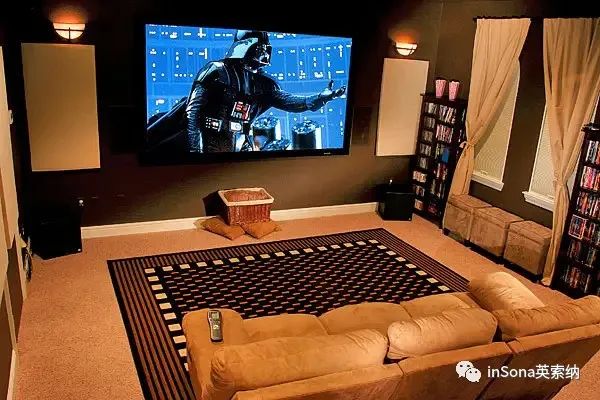

Smart security is not unfamiliar to us; it mainly consists of wireless high-definition cameras, human infrared sensors, access control sensors, smoke and gas sensors, and water immersion sensors, capable of providing all-around 24-hour security protection for the home.
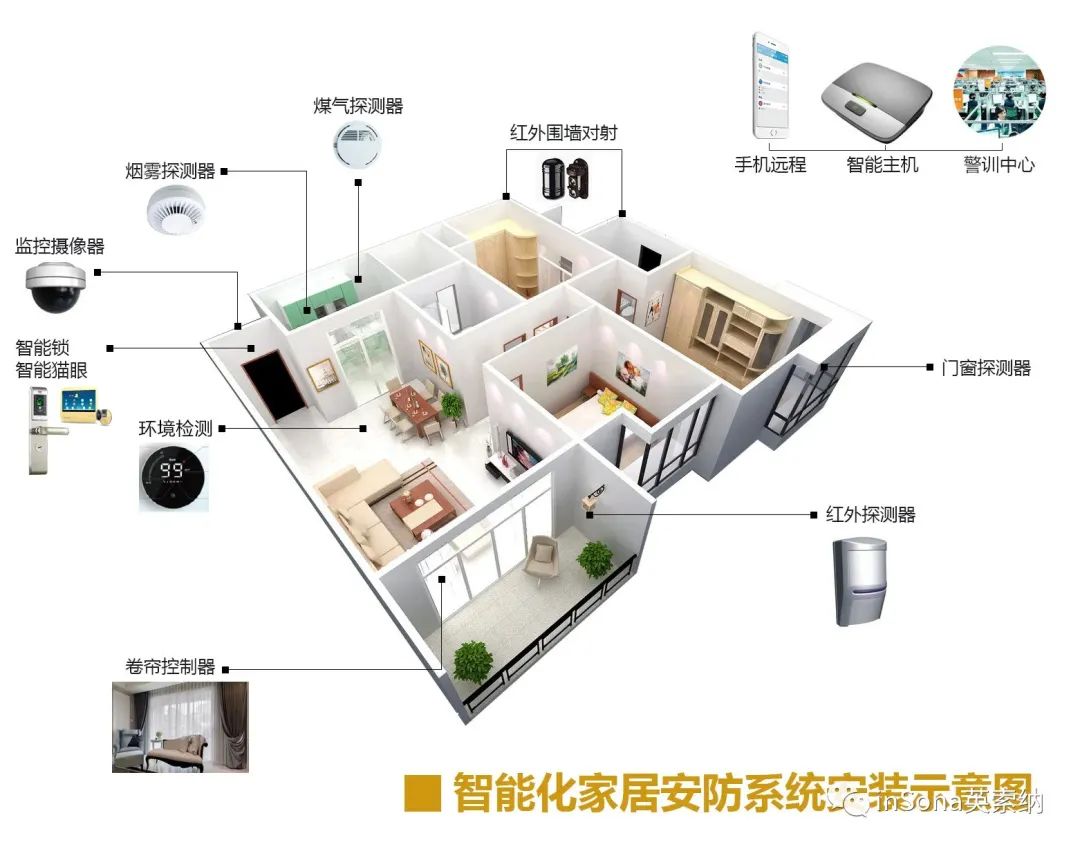
In addition, some users may consider certain smart products, such as robotic vacuum cleaners, voice robots, electric drying racks, smart mattresses, etc.; there are many types of smart appliances, but their practicality needs to be evaluated.

Having reached this point, I believe everyone has a sufficient understanding of whole house smart homes. In the application of smart home system solutions, we also need to communicate and design according to the actual project situation to truly leverage the benefits of smart homes.
